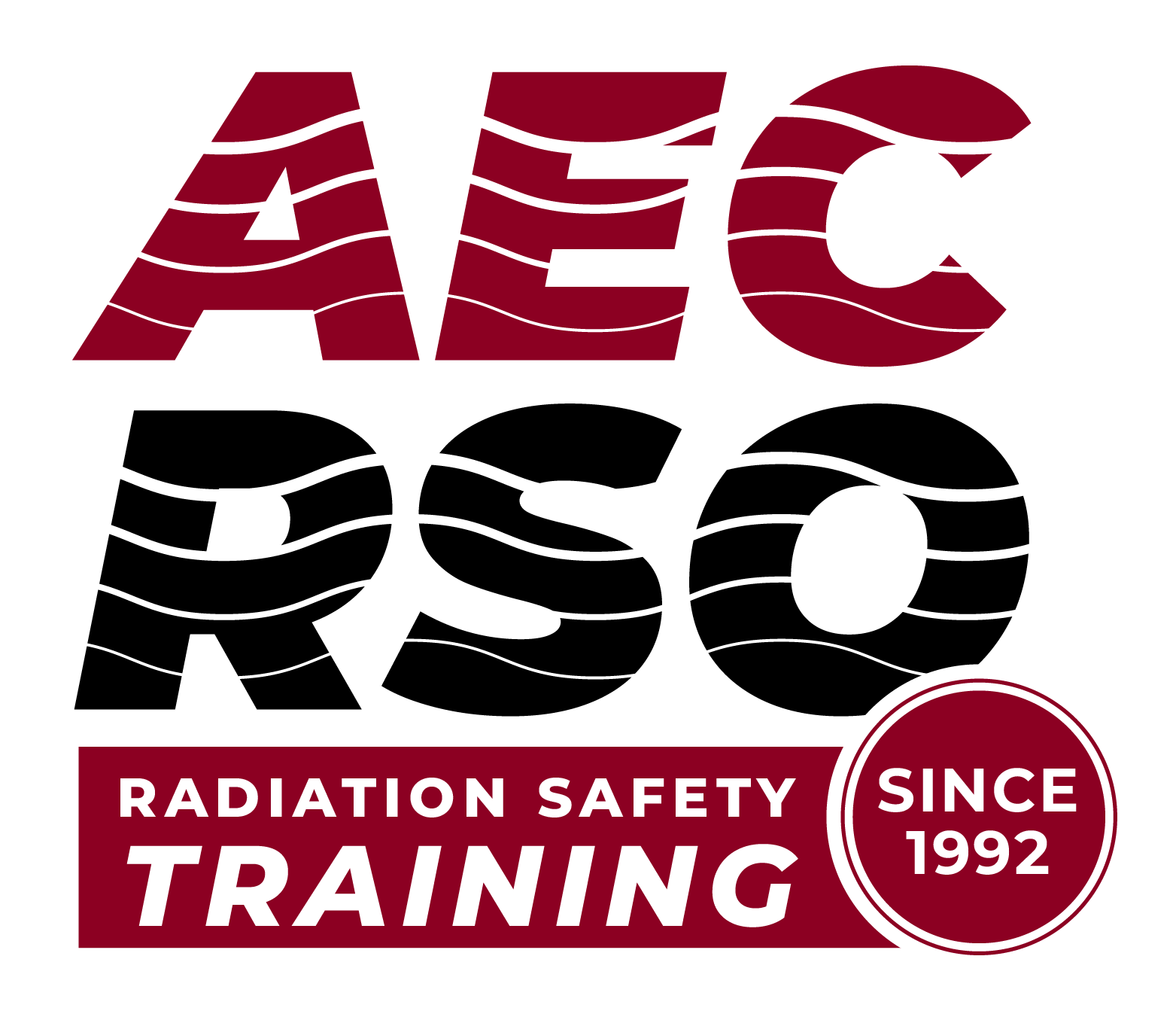TOPIC 4: Operating
Let’s explore Operating a Survery Meter.
—
Our five senses are useless for finding radiation. Radiation cannot be smelled, tasted, touched, heard, or seen.
Radiation is just extremely small amounts of energy in motion.
So, when we need to work around radioactive material, we need to be sure our survey meter is functioning to tell us when there is danger.
The first step is to warm-up the survey meter
Turn the survey meter ON and let it warm up for 10 minutes. In the days before solid-state electronics and minimal warm up time, survey meters were made of tubes. Most of the electronics have been replaced by solid-state components. However, the detectors are still made of tubes that require some warm-up time.
—
Next, perform a Battery Check
A survey meter will look like it is functioning correctly but will not have enough sensitivity to accurately display the exposure rate if the battery is weak. When the battery’s voltage goes below a certain threshold, the voltage across the anode and cathode decreases. With its decrease, the meter does not respond correctly. Always check the battery to ensure the level is above the indicated threshold on the display.
—
Next, Check the Calibration Date
Regardless of how you believe the meter is working, if it is even one day past its calibration date, the meter cannot be used for any survey. Always ensure the meter is within its calibration by checking the decal attached to the meter.
When a survey meter is OUT OF CALIBRATION, it should be removed from the shelf and “tagged out” with a label stating: “OUT OF CALIBRATION” or “DO NOT USE.”
—
Next Check the Meter Response to Radiation
It’s good that the meter “looks” like it is responding, but is it really working? Find some known source of radiation and approach it with the meter. Ensure that the meter responds by the increase of audio clicks and needle movement as you approach a source. It is recommended to use NIST-traceable check sources, like a Cs-137 “button” source.
You could also make your own source for routine checks. For example, collect concentrated amounts of naturally-occurring radioactive material if your industry deals with that sort of material. Place it in a plastic vial and seal it.
Then, at a repeatable distance, such as one foot, check the reading on your survey meter. The meter should respond with the same reading every time you measure it – as long as you are using some long half-life material.
Remember, portable survey meters have +/- of 20% readings on identical meters. This is just the nature of portable survey meters. They are not as exact as laboratory instrumentation; however, they function satisfactorily for field work.
—
Now you are ready to approach the radiation source
Long before the needle moves, the audio will tell if the meter is approaching a radioactive source. When searching for radiation, it is not as important to know how much is there, but if it is there. Once it is found, then it can be measured and quantified.
We do this by setting the Meter to Highest (Least Sensitive) Scale before Approaching the Source
A survey meter can be damaged if the scale is set too sensitive relative to the radioactive source. Needles often get “stuck” in the upper range and have to be reset to function properly.
When approaching any radioactive source, always have the meter set to its least sensitive setting. Once you are at or near the source, you can adjust the scale until the needle moves.
